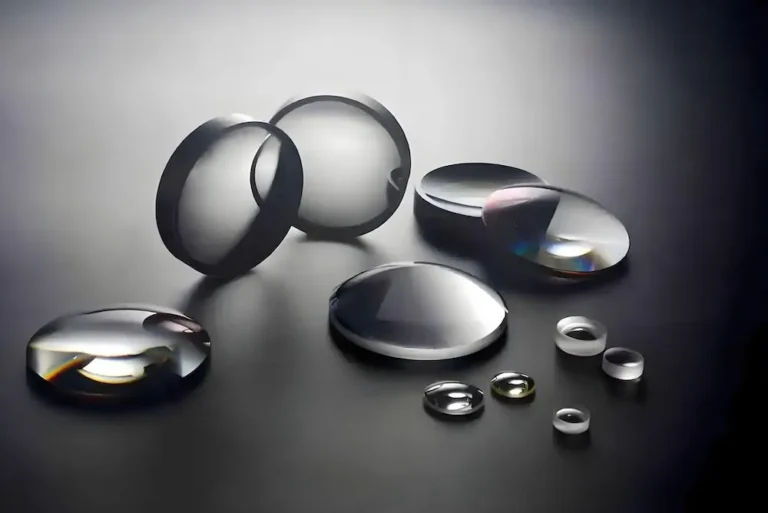Optical Coatings: Types&Technology
What is an Optical coating? An optical coating, also called film coating, is used to the surface of substrates to adjust the reflection, transmission, or absorption of light. The optical coating may be a single layer or multiple thin layers materal. And the materal can be the mental or other dielectric coatings. By carefully designing…




